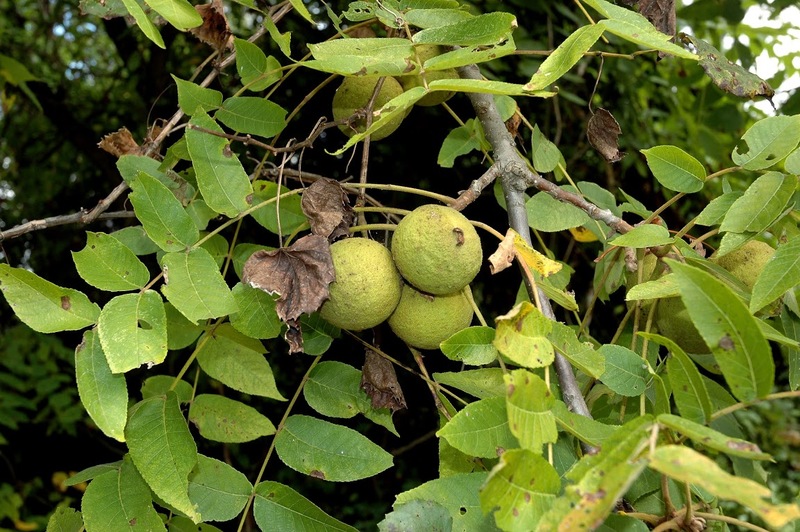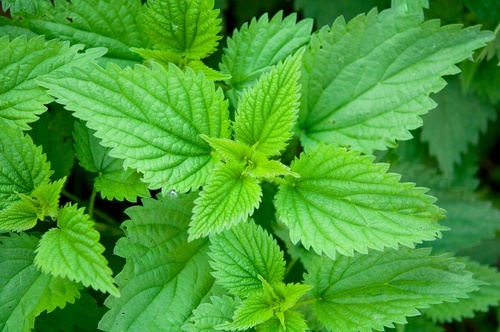Description
The pedunculate oak, also known as Quercus robur, is a type of tree that is native to Europe, Asia, and North Africa. It is a large tree that can grow to be up to 80 feet tall, with a trunk that can reach up to 4 feet in diameter. The leaves of the pedunculate oak are dark green and lobed, with a leathery texture. The tree produces small, pale green flowers that bloom in the spring, followed by acorns in the fall.
The pedunculate oak prefers to grow in full sun and well-drained soil. It is a slow-growing tree, but it can live for hundreds of years. To cultivate the tree successfully, a grower should plant it in an area that receives plenty of sunlight and water it regularly during the first few years of growth. The tree is winter hardy and can withstand cold temperatures.
The leaves, acorns, and bark of the pedunculate oak are all edible. The leaves can be used in salads, while the acorns can be ground into a flour and used to make bread or other baked goods. The bark can be used to make tea. After harvest, the edible parts of the tree can be stored in a cool, dry place.
The pedunculate oak has many uses. It is often used as a source of wood for construction and furniture-making, and its leaves and acorns are used as food for livestock. The tree can also provide habitat and food for a variety of wildlife, including birds, squirrels, and deer. The bark of the pedunculate oak has been used medicinally in the past to treat a variety of ailments, including diarrhea, wounds, and fevers.

